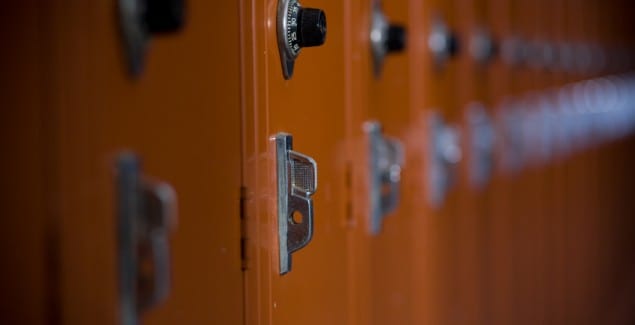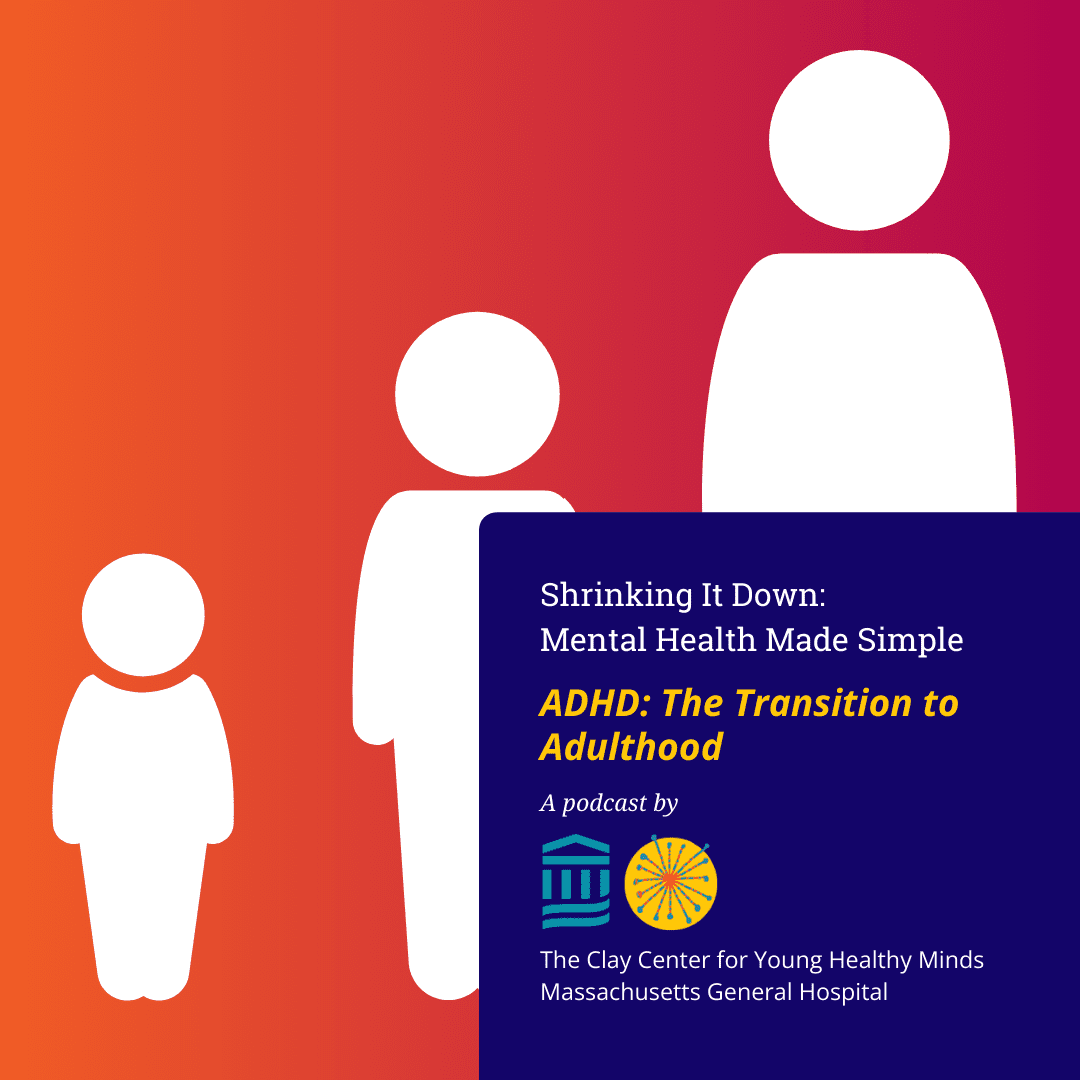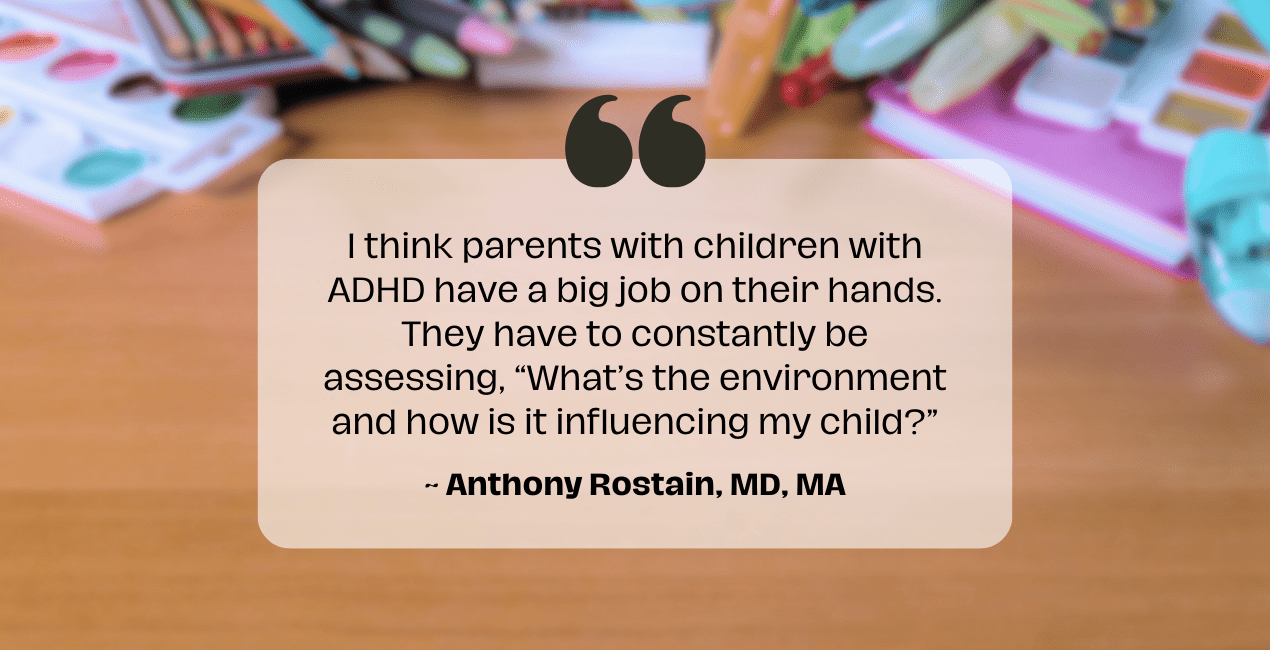What If My Kids’ School Seems Violent?

Posted in: Hot Topics
Topics: Behavioral Issues, Hot Topics
No one can deny the recent spate of horrific school shootings. These awful occurrences are the subject of a different post, but perhaps most importantly, these relatively rare events threaten to overshadow an important and key fact about schools.
Schools are by far the safest place kids can be. When you look at where and when kids get hurt by others, these incidences almost never occur when kids are in school. It’s important that we remember this fact, and that we help our kids remember this as well.
In fact, school violence has steadily declined since 1993, according to a report issued by the U.S. Department of Education (Twemlow, Fonagy, Sacco, O’Toole, & Vernberg, 2002). According to that report, the overall number of acts of violence, the instances of students bringing firearms to school, and students’ tendency to join school-related gangs, have all decreased.
Regardless, kids continue to feel threatened at school. A better understanding of what causes violent behavior at schools can help parents work with schools to reduce the threats that kids may feel.
First, it would be silly to suggest that some psychiatric conditions are not associated with violence. However, the vast majority of psychiatric syndromes do not provoke violence in the sufferers. In fact, those who suffer from psychiatric disorders are more likely to be the targets of attacks than the perpetrators.
If psychiatric suffering is the cause of school violence, there are usually a fairly consistent set of causes.
Conduct disorder, a state of persistent disregard for social conventions and rules that often manifests as criminal and antisocial behavior, is perhaps the most frequently mentioned diagnosis among violent youth. Additionally, substance abuse can also contribute substantially to violent acts in two ways: substances themselves reduce inhibitions among otherwise nonviolent students, and the climate of drug transactions that occurs in schools is often accompanied by violent behavior. More rarely, impulsive behavior found in conditions such as bipolar disorder , Attention Deficit Hyperactive Disorder and oppositional behavior can lead to violent outbursts. Perhaps the rarest psychiatric cause of violence is frank psychosis in kids. Again, remember that most kids with psychiatric syndromes, even the ones listed here, are more likely to be the target of violence than the cause.
One of the biggest changes in the last 20 years with regard to school violence is the desire among school officials to have a child evaluated for the potential to be violent before allowing that child back into the school. This practice is problematic from a number of perspectives.
First, the prediction and assessment of violent behavior is, at its root, a legal issue. Although mental health professionals will be part of any team evaluating kids who are at risk, the team, by definition, must involve other professionals with responsibilities to the school and community. The mental health professional’s primary concern is the welfare of his or her patient; no mental health professional outside of a court or forensic setting can make predictions about violence.
In this light, the entire team must be vigilant for warning signs. The most important among these practices is listening to other students who express concern. Studies of extremely violent behavior in schools have found that those who commit high-profile acts of violence have almost always made their intentions known to peers through direct or indirect communications. Given this fact, schools must walk a fine line between making kids feel comfortable letting officials know when they’re worried, and not placing them in the awkward position of being primary reporters of risk. As a parent, if your child tells you that he or she is frightened, you should contact the school immediately. Your child may not want you do to this, but schools rely on such alerts, and the school officials can help your child feel safe.
School Intervention
If your child’s school has experienced an uptick in violent and bullying behavior, you may see the school implement some innovative and exciting programs.
Multisystemic Treatment, which involves multiple and active interventions for young people who commit violence, has attracted increasing attention during the past decade. Unlike traditional models, where social service organizations and clinicians meet with young people in separate settings, Multisystemic Treatment involves direct intervention in the settings in which the child has encountered the most problems. Direct work with parents, in concert with changes in school practices, and the treatment of psychiatric conditions, has shown great success.
Additionally, bullying itself is often approached in schools from three perspectives: there are the bulliers, the ones who are bullied and the bystanders. All three parties play a role, and in-school interventions usually address the roles that all kids play in a bullying scenario. Certainly, the days of a father teaching his son to throw a punch are over; this kind of behavior has been shown to escalate violence to dangerous levels very quickly.
In general, interventions to curb and address student violence must be multifaceted. Serious psychiatric disorders indicate the need for counseling and possibly medication. Violence in school may reflect violence at home. Most importantly, violence in school is best dealt with by parents, teachers, school officials and kids. These partnerships have shown the greatest success in curbing violent school climates.


 Share
Share Tweet
Tweet




